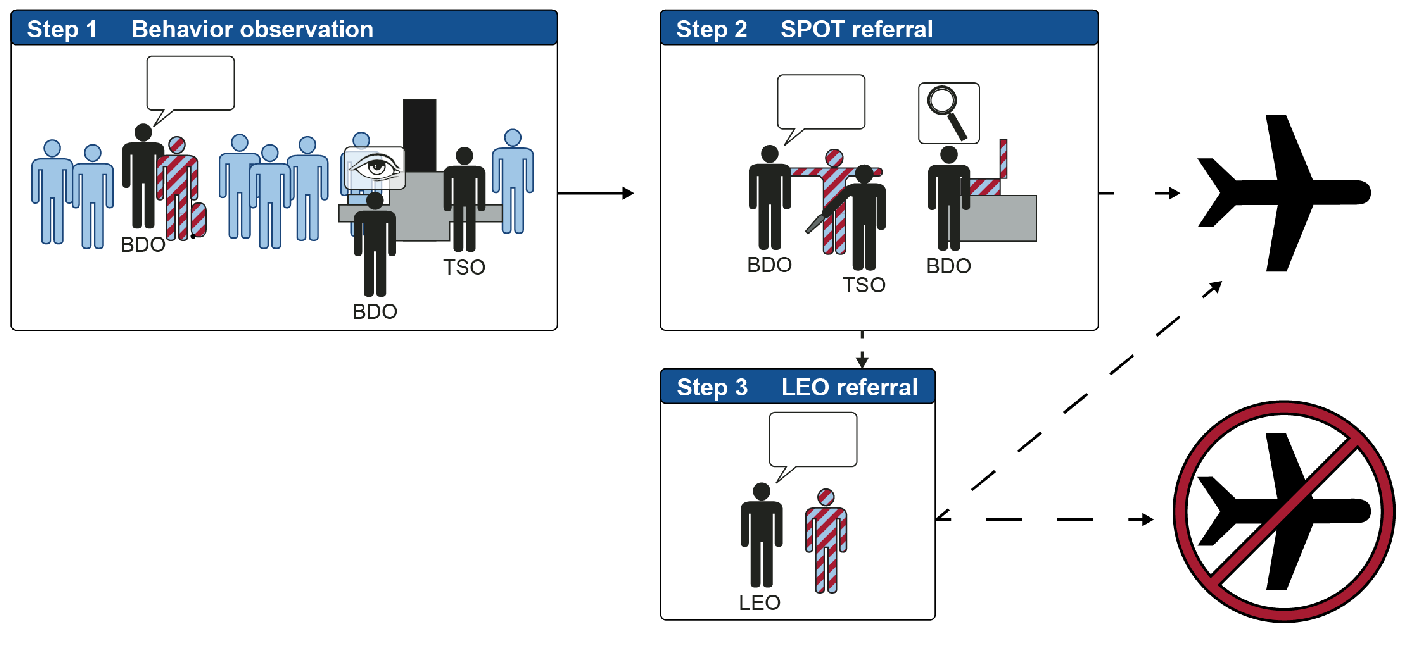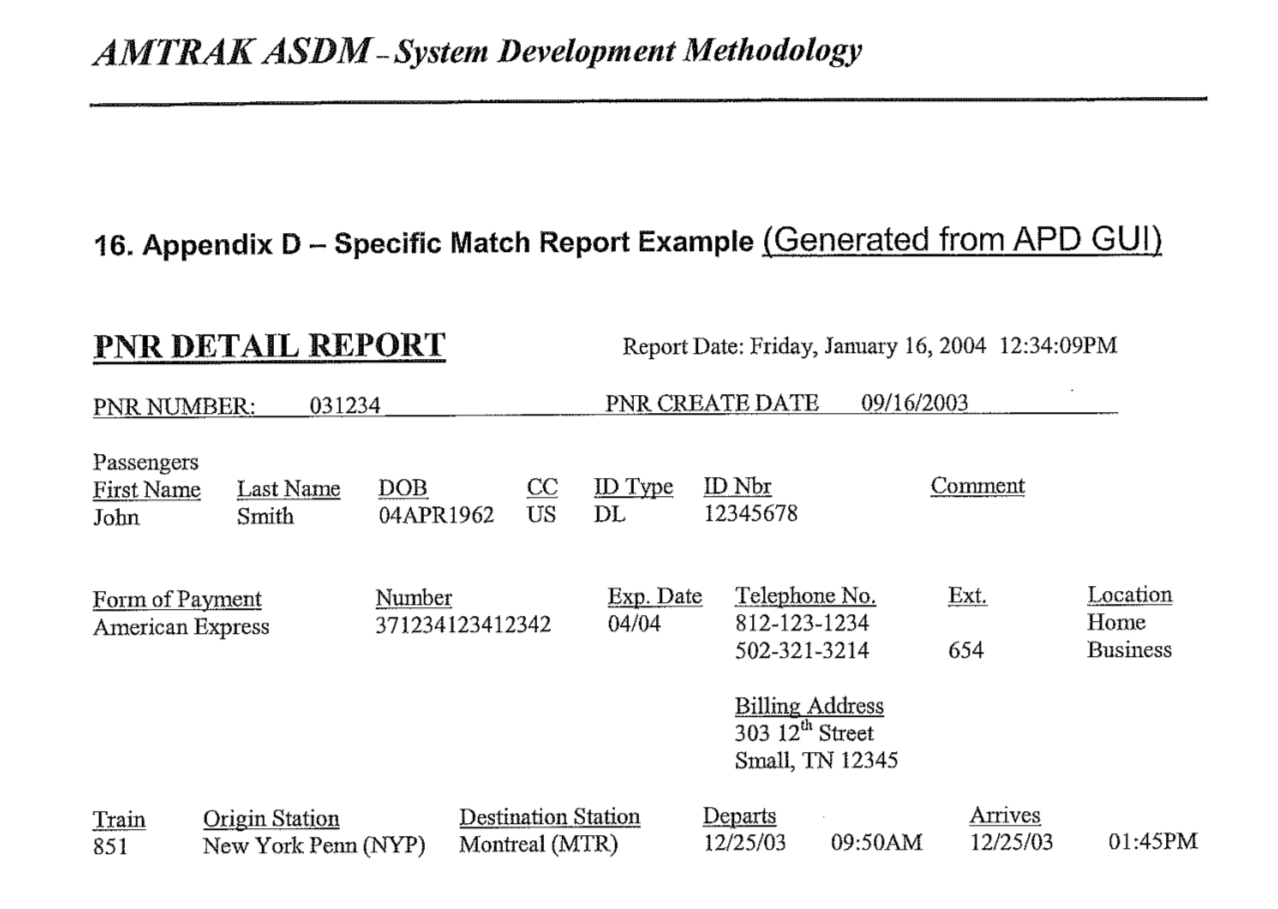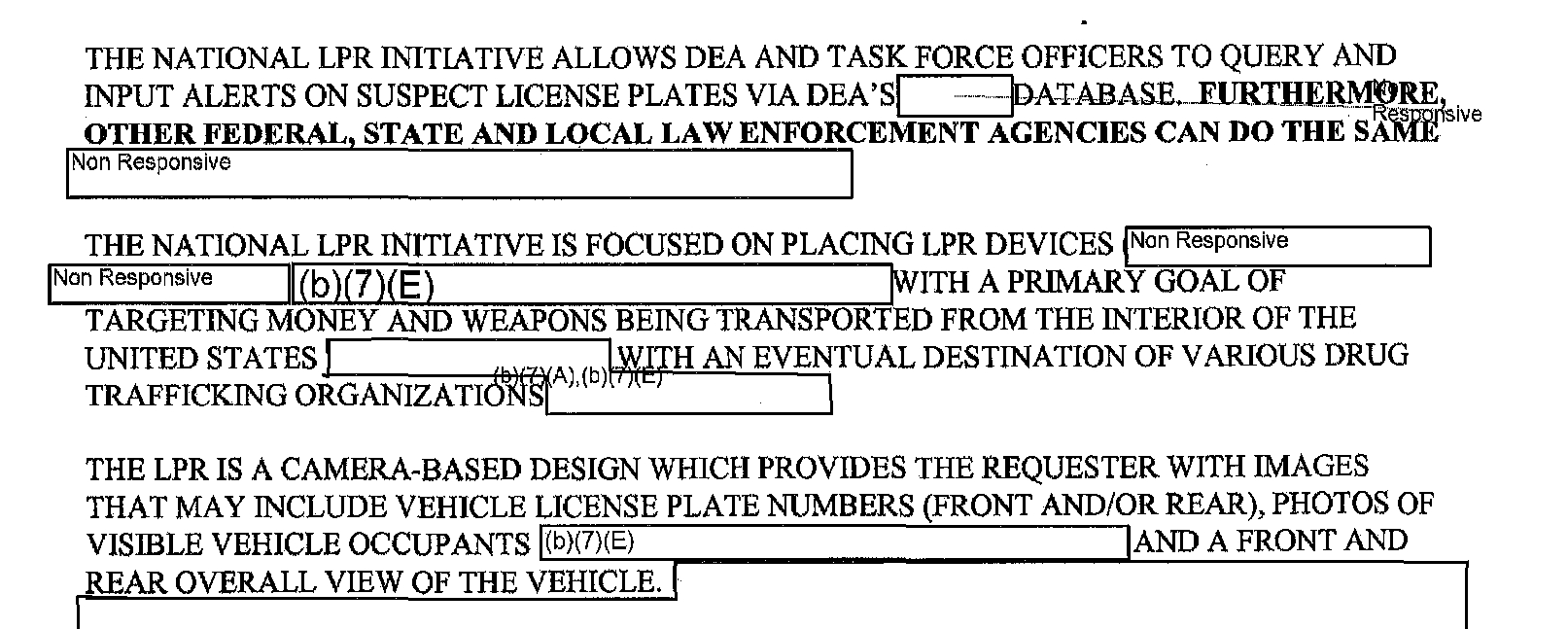Amtrak formats for passenger ID data dumps to governments
Eight pages of command-line formats for users of Amtrak’s ARROW computerized reservation system have been made public in the second of a series of interim responses to our Freedom of Information Act request for records of Amtrak’s collaboration with police and other government agencies in the US and Canada in “dataveillance” of Amtrak passengers.
The ARROW user documentation covers syntax and codes for entering ID information into Amtrak passenger name records (PNRs), generating reports (“passenger manifests”) by train number and date or other selection criteria, and transmitting these “manifests” or “API data” to the US Customs and Border Protection (CBP) “Advance Passenger Information System” (APIS).
Amtrak extracts “manifest” (API) data from PNRs, formats it according to CBP standards, and pushes it to CBP in batches using EDIFACT messages uploaded through the CBP Web-based online eAPIS submission portal.
Although Amtrak knows it isn’t actually required by law to do any of this, it “voluntarily” (and in violation of Canadian if not necessarily US law) follows the same procedures that CBP has mandated for airlines. The sample EDIFACT headers in the Amtrak documentation refer to Amtrak by its usual carrier code of “2V”.
Travel agents — at least the declining minority who use the command-line interface — will find nothing particularly surprising in these formats. ARROW formats for train reservations are generally comparable, although not identical, to the AIRIMP formats used for API data by the major computerized reservation systems (CRSs) or global distribution systems (GDSs) that host airline PNRs.
CRS/GDS companies and US airlines are private and not subject to FOIA, however, and CRS/GDS documentation is proprietary to the different systems and restricted to their users. There is no freely and publicly-available guide to commercial CRS/GDS data formats. Because Amtrak is a creature of the federal government subject to FOIA, we have been able to obtain more details of its internal procedures than we can for airlines or CRSs/GDSs
The ARROW user documentation shows — again, unsurprisingly — that the “data-mining” capabilities built into ARROW for retrieving and generating reports on selected PNR or manifest (API) entries are quite limited. This is why, despite having access to an ARROW “Police GUI” with additional data-mining functionality, CBP wants to import and retain mirror copies of API and PNR data in its own, more sophisticated TECS and Automated Targeting System databases and its new integrated data framework.
We’re continuing to await more releases from Amtrak of information about its policies for collaboration with law enforcement and other government agencies, and its apparent violation of Canadian privacy law.



